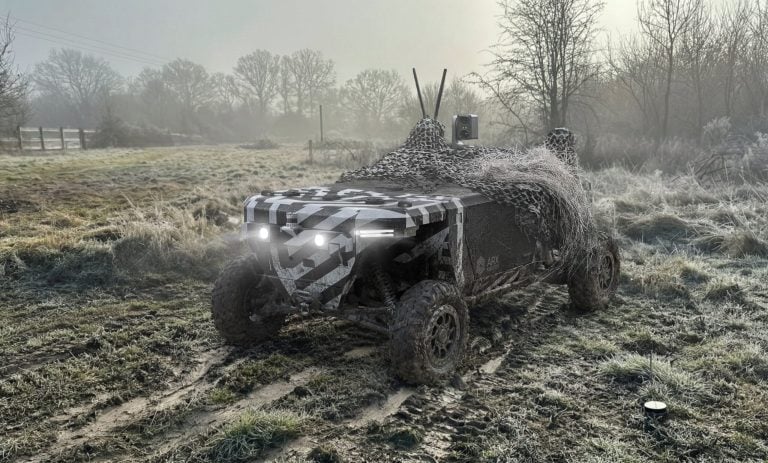Lockheed Martin is joining forces with Red Hat to fast-track the development of swarm autonomy technology for unmanned aerial systems, aiming to enhance the adaptability and responsiveness of drone swarms in tactical operations. This collaboration focuses on implementing rapid software updates, which are essential for optimizing the performance of these aerial units in dynamic environments.
Utilizing Red Hat’s container-based software known as Device Edge, along with Lockheed Martin’s proprietary autonomous swarm systems, the partnership has already seen successful tests on the Indago 4 drone. This small quadcopter is specifically designed for surveillance and reconnaissance missions, and the integration of advanced technologies will enable it to perform complex tasks and adapt in real-time using artificial intelligence (AI) and machine learning tools.
Katie Gilmore, Program Manager at Lockheed Martin, emphasized the transformative nature of this initiative, stating, “This work helps enable uncrewed aerial vehicles to receive updated software modules on-the-fly, transforming the way we manage and update edge devices.” She further noted that the capabilities offered by this technology are vital for future missions, providing drone swarms with enhanced abilities to safeguard people and infrastructure instantly.
Red Hat Device Edge serves as a lightweight platform adept at operating on devices that have limited resources. It facilitates robust data collection and analysis, even in areas where network access may be sparse or unreliable. The system allows for real-time AI processing, which encompasses local data handling, image recognition, model training, and inference—all critical components for efficient drone operation.
The Indago 4 drone is engineered for quick deployment, requiring approximately two minutes from setup to takeoff. Its compact design enables portability, fitting comfortably in a standard backpack. With the capability to remain airborne for 50 to 70 minutes and an operational range of up to 10 kilometers (6.2 miles), the drone can efficiently carry a payload of up to 5 pounds (2.3 kilograms), making it suitable for various surveillance tasks.
This partnership between Lockheed Martin and Red Hat represents a significant advancement in unmanned aerial technology, promising to redefine operational tactics in the field.


















